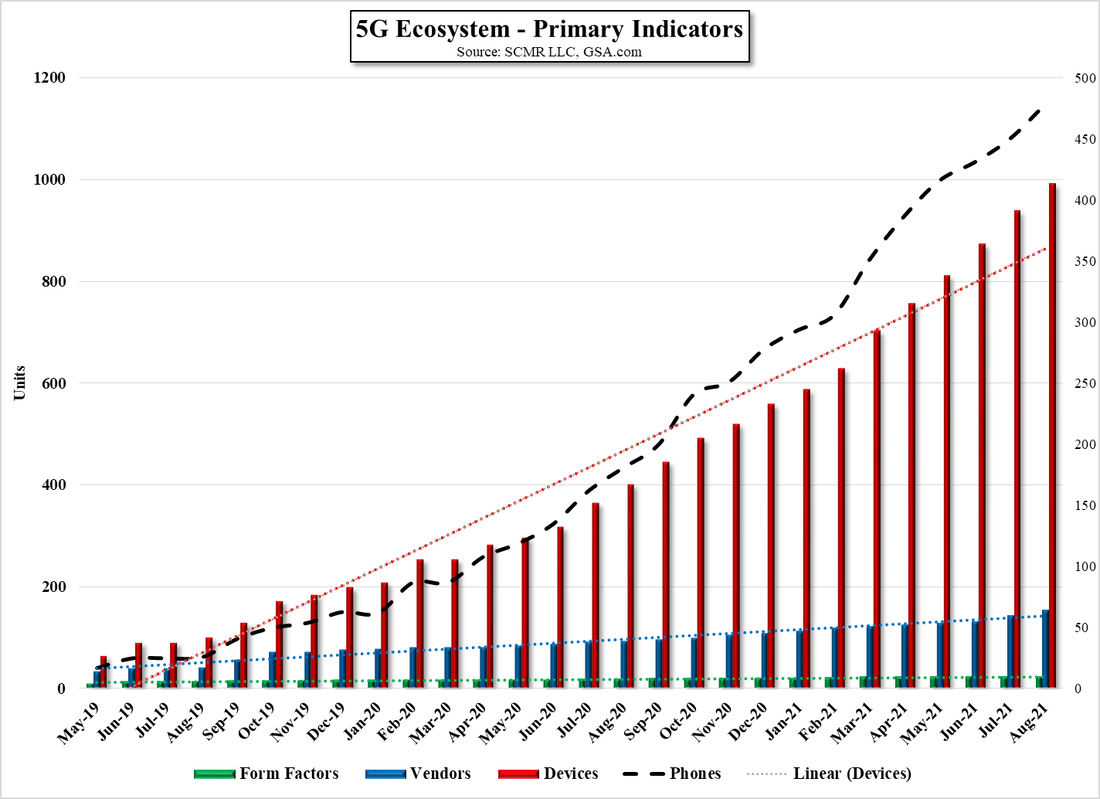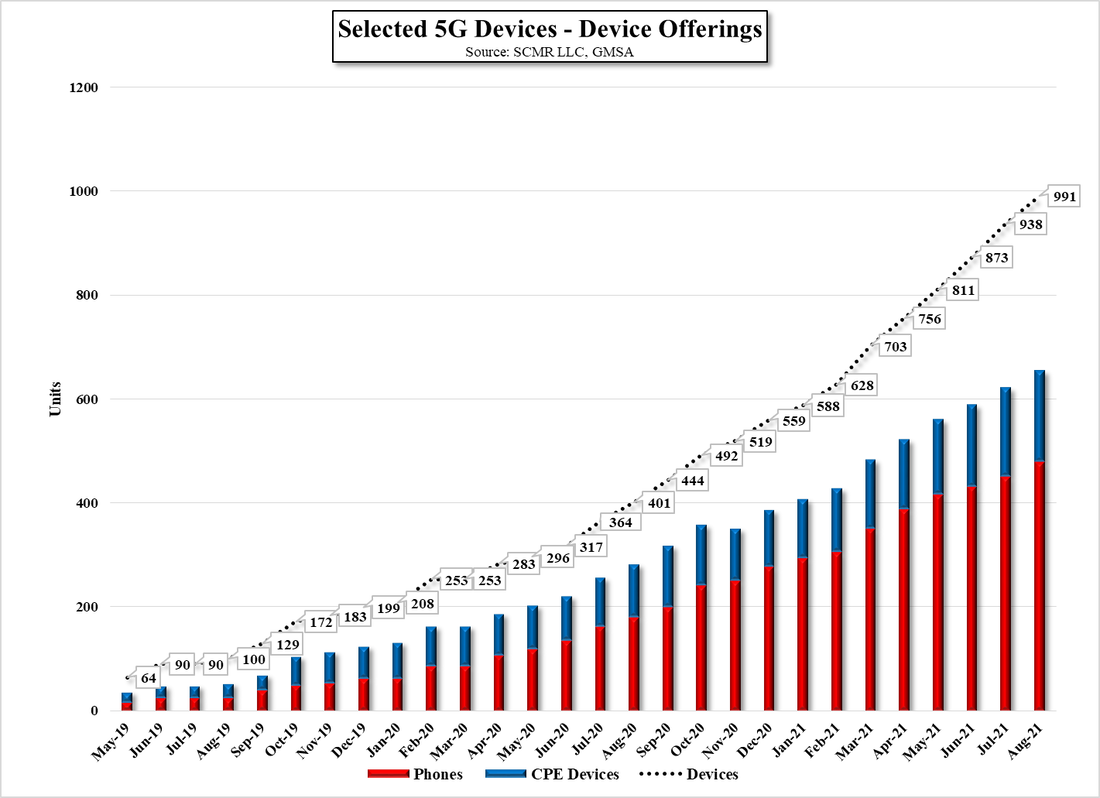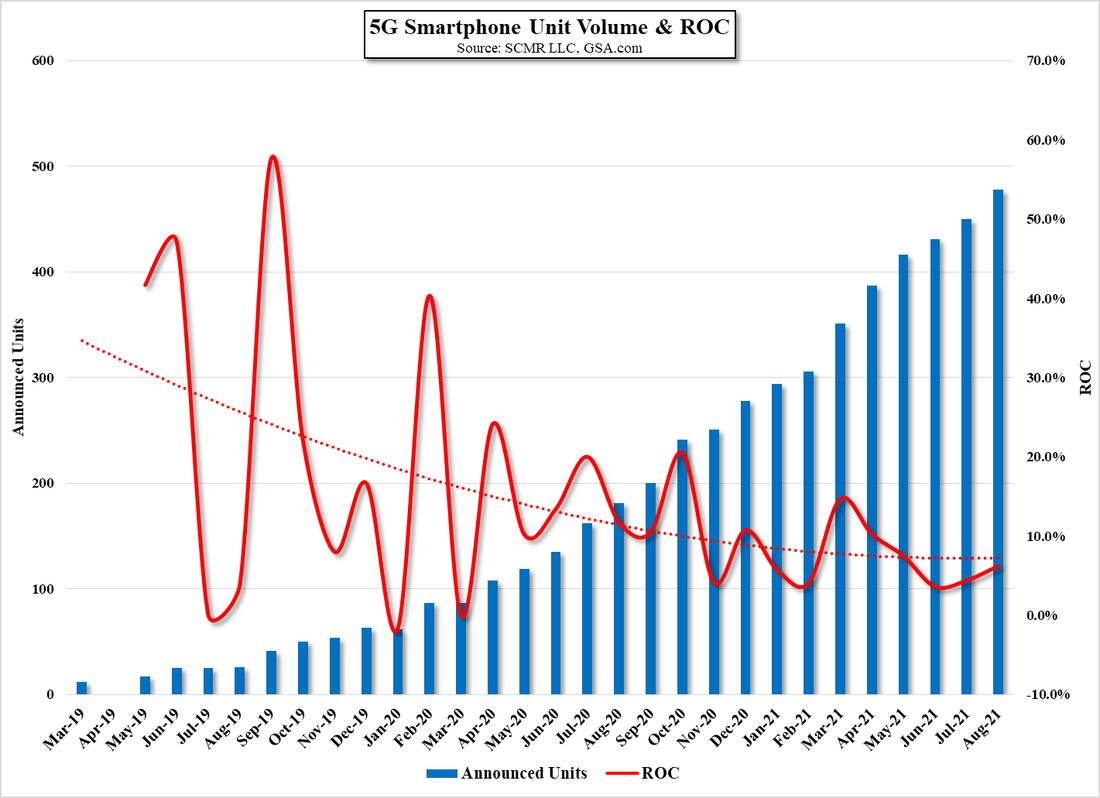Samsung Smartphone Shipment Expectations Decline
Samsung had expected to ship 60m units in the 1st quarter, and met that goal, but fell short of the 53m it expected in 2Q, shipping 48m units. 3Q internal expectations were for 47m units, and expectations are for 46m, which is expected to be met. Samsung has yet to set a target for 4Q shipments, particularly as they will begin to produce phones for the Galaxy S23 to be released in 2023, but looking at just October/November expectations of 30m units, production estimates seem to be falling below last year’s total, although we see less of a shortfall (-2.8%) than others as we build in ~20m units for December production.
Actual total units shipped will also include OEM units and channel inventory from 2021, but we expect that Samsung has cut back OEMs even more than it has cut back its own smartphone production as we expect internal margins are higher than those from OEMs. All in, macro issues have affected almost all smartphone brands, with Apple (AAPL) expected to be the only major brand seeing growth this year, but we expect even iPhone shipments felt the sting of weak consumer confidence as we entered 3Q, which means the iPhone 14 needs to be enough to give consumers a reason to upgrade. It is going to be a difficult 2H for all smartphone brands, with Apple still at risk for a bit of disappointment in 4Q in our view.











 RSS Feed
RSS Feed